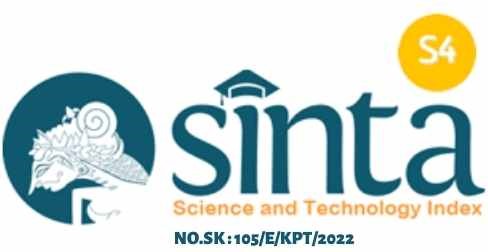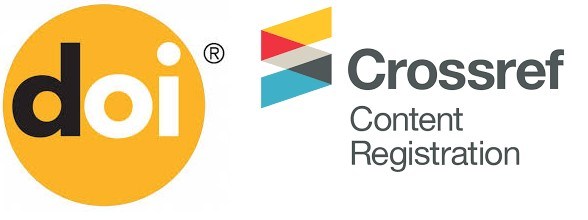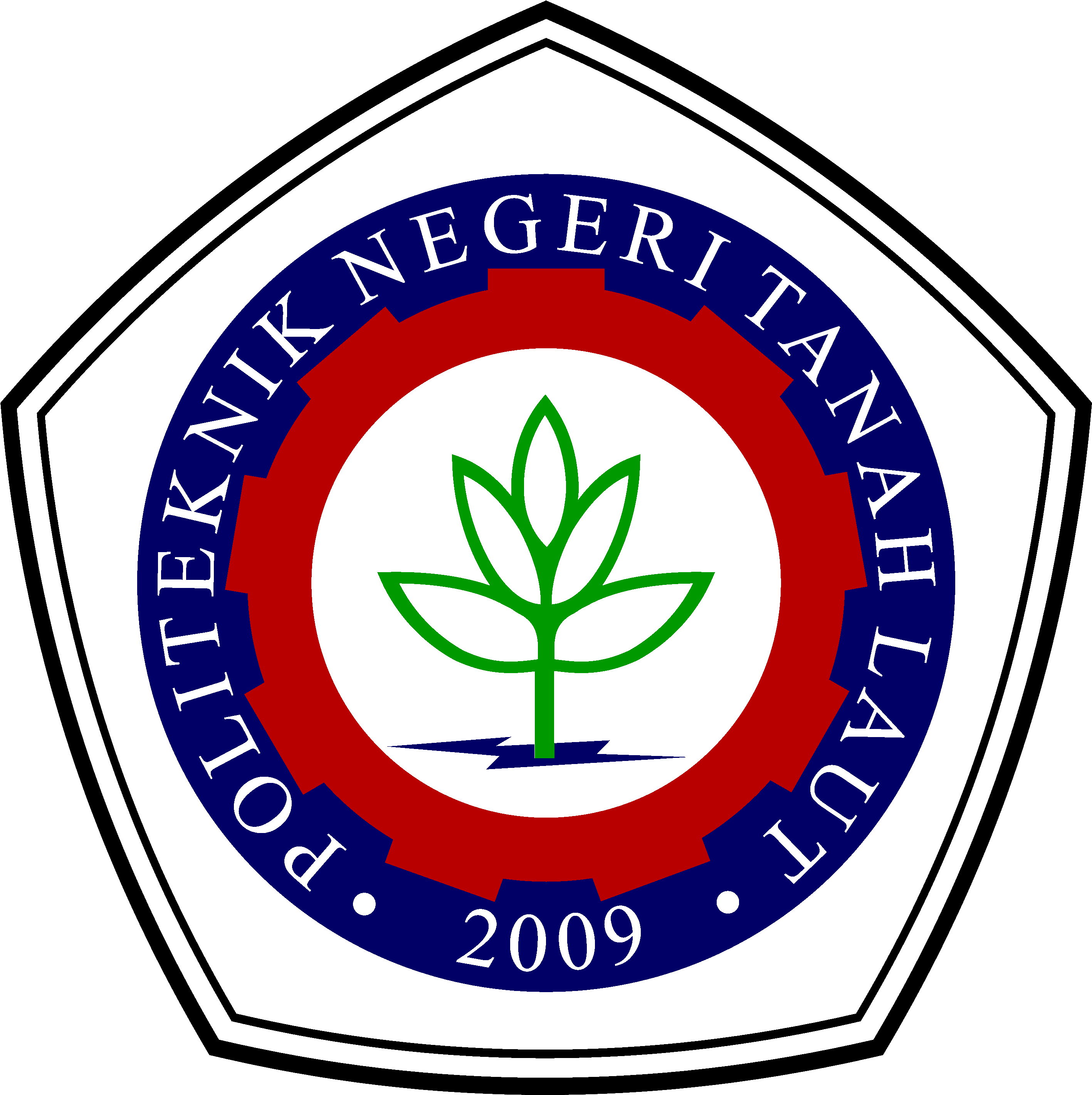PENGARUH KARAKTERISTIK KOMITE AUDIT TERHADAP BIAYA MODAL EKUITAS
DOI:
https://doi.org/10.34128/jra.v6i2.292Keywords:
Cost of Equity, Audit committee characteristics, Agency theoryAbstract
The aim of this research is to examine and obtain evidence regarding the relationship between audit committee characteristics and the cost of equity capital in the banking sector. The dependent variable in this research is the cost of equity and is calculated using the earning price approach method. The independent variables in this research are the characteristics of the audit committee which consist of size, financial expertise, frequency of meetings, proportion of the audit committee that is female and tenure. Then what was used as a sample in this research were banking companies listed on the Indonesia Stock Exchange during the 2015-2021 period with several sample criteria which were determined at the beginning of the research so that the number of observations used in this research was 98 observations with a total of 18 companies. . The research results prove that the size of the audit committee, the frequency of audit committee meetings and the tenure of the audit committee have a positive influence on the cost of equity capital. The audit committee's financial expertise has no influence on the cost of equity capital. The proportion of the audit committee that is female has a negative influence on the cost of equity capital.
References
A.A Zaid, M., Wang, M., T.F. Abuhijleh, S., Issa, A., W.A. Saleh, M., & Ali, F. (2020). Corporate governance practices and capital structure decisions: the moderating effect of gender diversity. Corporate Governance (Bingley), 20(5), 939–964. https://doi.org/10.1108/CG-11-2019-0343.
Abbott, L. J., Parker, S., & Peters, G. F. (2004). Audit committee characteristics and restatements. Auditing, 23(1), 69–87. https://doi.org/10.2308/aud.2004.23.1.69.
Anderson, R. C., Mansi, S. A., & Reeb, D. M. (2004). Board characteristics, accounting report integrity, and the cost of debt. Journal of Accounting and Economics, 37(3), 315–342. https://doi.org/10.1016/j.jacceco.2004.01.004.
Appuhami, R. (2018). The signalling role of audit committee characteristics and the cost of equity capital: Australian evidence. Pacific Accounting Review, 30(3), 387–406. https://doi.org/10.1108/PAR-12-2016-0120.
Badolato, P. G., Donelson, D. C., & Ege, M. (2014). Audit committee financial expertise and earnings management: The role of status. Journal of Accounting and Economics, 58(2–3), 208–230. https://doi.org/10.1016/j.jacceco.2014.08.006.
Bédard, J., Chtourou, S. M., & Courteau, L. (2004). The Effect of Audit Committee Expertise, Independence, and Activity on Aggressive Earnings Management. Auditing : A Journal Of Pratice & Theory, 23(2), 13–35. https://doi.org/10.2308/aud.2004.23.2.13.
Bédard, J., Coulombe, D., & Courteau, L. (2008). Audit committee, underpricing of IPOs, and accuracy of management earnings forecasts. Corporate Governance: An International Review, 16(6), 519–535. https://doi.org/10.1111/j.1467-8683.2008.00708.x.
BlueRibbonCommittee. (1999). Report and Recommendations of the Blue Ribbon Committee on Improving the Effectiveness of Corporate Audit Committees, NYSE and National Association of Securities Dealers. The Business Lawyer, 54(3), 1067–1095.
Chen, J., Duh, R. R., & Shiue, F. N. (2008). The effect of audit committees on earnings-return association: Evidence from foreign registrants in the United States. Corporate Governance: An International Review, 16(1), 32–40. https://doi.org/10.1111/j.1467-8683.2008.00660.x.
Clarkson, P., Guedes, J., & Thompson, R. (1996). On the Diversification, Observability, and Measurement of Estimation Risk. The Journal of Financial and Quantitative Analysis, 31(1), 69–84. https://doi.org/10.2307/2331387.
Cohen, J., Gaynor, L., Krishnamoorthy, G., & Wright, A. (2016). The Effects of Audit Committee Ties and Industry Expertise on Investor Judgments. Working Paper, Boston College, 1–46.
Coles, J. L., Loewenstein, U., & Suay, J. (1995). On Equilibrium Pricing under Parameter Uncertainty. The Journal of Financial and Quantitative Analysis, 30(3), 347. https://doi.org/10.2307/2331345.
Dao, M., Huang, H. W., & Zhu, J. (2013). The Effects of Audit Committee Members’ Age and Additional Directorships on the Cost of Equity Capital in the USA. European Accounting Review, 22(3), 607–643. https://doi.org/10.1080/09638180.2012.739823.
DeFond, M. L., & Francis, J. R. (2005). Audit research after Sarbanes-Oxley. Auditing : A Journal of Practice & Theory, 24(SUPPL.), 5–30. https://doi.org/10.2308/aud.2005.24.supplement.5.
Dewi, S. P., & Kelselyn. (2019). Faktor - Faktor Yang Mempengaruhi Biaya Modal Ekuitas Dengan Kepemilikan Manajerial Sebagai Variabel Moderasi. Jurnal Akuntansi, 19(1), 47–62.
Dhaliwal, D. S., Li, O. Z., Tsang, A., & Yang, Y. G. (2011). Voluntary nonfinancial disclosure and the cost of equity capital: The initiation of corporate social responsibility reporting. Accounting Review, 86(1), 59–100. https://doi.org/10.2308/accr.00000005.
Easton, P. D. (2004). PE Ratios, PEG Ratios, and Estimating the Implied Expected Rate of Return on Equity Capital. Accounting Review, 79(1), 73–95. https://doi.org/10.2308/accr.2004.79.1.73
Elloumi, F., & Gueyié, J. P. (2001). Financial distress and corporate governance: An empirical analysis. Corporate Governance: The International Journal of Business in Society, 1(1), 15–23. https://doi.org/10.1108/14720700110389548
FCGI. (2002). Peranan Dewan Komisaris dan Komite Audit dalam Pelaksanaan Corporate Governance ( Tata Kelola Perusahaan ). In Seri Tata Kelola Perusahaan (Corporate Governance) Jilid II.
Hajiha, Z., & Sobhani, N. (2012). Audit quality and cost of equity capital: Evidence of Iran. International Research Journal of Finance and Economics, 94, 159–171.
Hia, E. H., Harapan, U. P., Herusetya, A., & Harapan, U. P. (2021). Pengaruh Partner Gender Terhadap Biaya Modal Ekuitas: Bukti Empiris Pada Negara Asean (Issue June).
Higgins, M. C., & Gulati, R. (2006). Stacking the deck: The effects of top management backgrounds on investor decisions. Strategic Management Journal, 27(1), 1–25. https://doi.org/10.1002/smj.495.
Ittonen, K., Vähämaa, E., & Vähämaa, S. (2013). Female auditors and accruals quality. Accounting Horizons, 27(2), 205–228. https://doi.org/10.2308/acch-50400
Jamilah, S., Fanani, Z., & Chandr, G. (2007). Pengaruh Gender, Tekanan Ketaatan, dan Kompleksitas Tugas terhadap Audit Judgment. Simposium Nasional Akuntansi 10, 1–30.
KNKG. (2006). Pedoman Umum Good Corporate Governance Indonesia 2006. Li, J., Mangena, M., & Pike, R. (2012). The effect of audit committee characteristics on intellectual capital disclosure. British Accounting Review, 44(2), 98–110. https://doi.org/10.1016/j.bar.2012.03.003.
Li, Y., Stokes, D., Taylor, S., & Wong, L. (2009). Audit Quality, Earnings Quality and the Cost of Equity Capital. Ssrn, 1–25. papers3://publication/uuid/95B11DC6-6D76-41EE-A486-A2077EDA69D5.
Mardiyah, A. A. (2002). Pengaruh Informasi Asimetri dan Disclosure terhadap Cost of Capital. Jurnal Riset Akuntansi Indonesia, 5(2), 229–256. https://doi.org/10.33312/IJAR.80
Mastella, M., Vancin, D., Perlin, M., & Kirch, G. (2021). Board gender diversity: performance and risk of Brazilian firms. Gender in Management, 36(4), 498–518. https://doi.org/10.1108/GM-06-2019-0088.
Mutmainah, S., & Muhammad, A. (2020). Pengaruh Ukuran Perusahaan dan Likuiditas terhadap Stuktur Modal Perusahaan Properti yang Terdaftar diBursa Efek Indonesia (BEI). 2(1). http://ejournal.unsub.ac.id/index.php/keuangan/article/view/906/768.
Nurjanati, R., & Rodoni, A. (2015). Pengaruh Asimetri Informasi dan Tingkat Disclosure Terhadap Biaya Ekuitas Dengan Kepemilikan Manajerial Sebagai Variabel Moderating (Studi Empiris Pada Perusahaan Manufaktur Di Bursa Efek Indonesia). Esensi, 5(2), 173–190. https://doi.org/10.15408/ess.v5i2.2339.
Nurliasari, K. E., & Achmad, T. (2020). Pengaruh Karakteristik Komite Audit Dan Perusahaan Terhadap Kecurangan Pelaporan Keuangan. Journal of Accounting and Auditing, 11(1), 1–24. https://doi.org/10.14710/jaa.v11i1.9696.
Onasis, K., & Robin. (2016). Pengaruh Tata Kelola Perusahaan Terhadap Nilai Perusahaan Pada Perusahaan Sektor Keuangan Yang Terdaftar Di BEI. Bina Ekonomi, 20, 1–22.
Prabowo, D. A. (2014). Pengaruh Komisaris Independen, Indeendensi Komite Audit, Ukuran Dan Jumlah Pertemuan Komite Audit Terhadap Manajemen Laba (Studi Kasus Pada Perusahaan Manufaktur Yang Terdaftar Di Bursa Efek Indonesia 2010 – 2012). Accounting Analysis Journal, 3(1), 90–99. https://doi.org/10.15294/aaj.v3i1.4190.
Rahmah, A. A., Karlina, R., & Kusumadewi, A. (2020). Pengaruh karakteristik komite audit terhadap biaya modal ekuitas. Diponegoro Journal of Accounting, 9(1), 1–12.
Supriyadi, Y. W., Ginting, Y. L., & Irwansyah, I. (2019). Karakteristik Komite Audit Dalam Memengaruhi Tindakan Manajemen Laba (Studi Empiris Pada Perusahaan Manufaktur Yang Terdaftar Di BEI). Kajian Akuntansi, 20(2), 178–190. https://doi.org/10.29313/ka.v20i2.4822.
Wilcox, S. E. (2007). The Adjusted Earnings Yield. Financial Analysts Journal, 63(5), 54–68. https://doi.org/http://www.jstor.org/stable/4480876.
Yang, J. S., & Krishnan, J. (2005). Audit Committees and Quarterly management. International Journal of Auditing, 9(1), 201–219. https://doi.org/https://doi.org/10.1111/j.1099-1123.2005.00278.x.
Yuliza, E. A., & Laksito, H. (2017). Pengaruh Efektivitas Komite Audit Terhadap Ketepatan Waktu Pelaporan (Studi Empiris Pada Perusahaan Non Keuangan Terdaftar di BEI Tahun 2015). Diponegoro Journal of Accounting, 6(4), 1–13. http://ejournal s1.undip.ac.id/index.php/accounting
Downloads
Published
How to Cite
Issue
Section
License
Copyright (c) 2023 muhammad jovy shidqy jovy, Eddy Suranta, Pratana Puspa Midiastuty

This work is licensed under a Creative Commons Attribution-NonCommercial-ShareAlike 4.0 International License.













